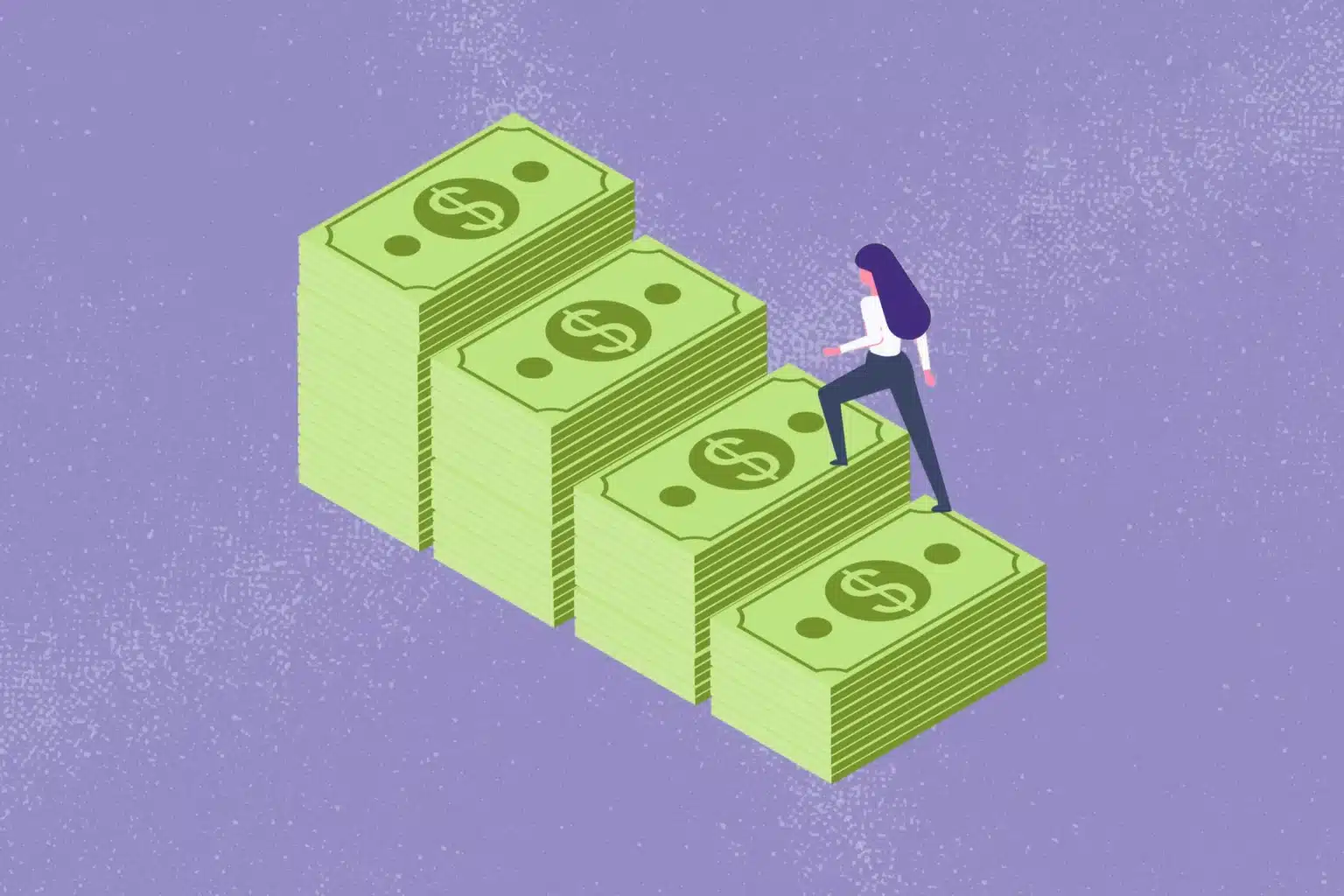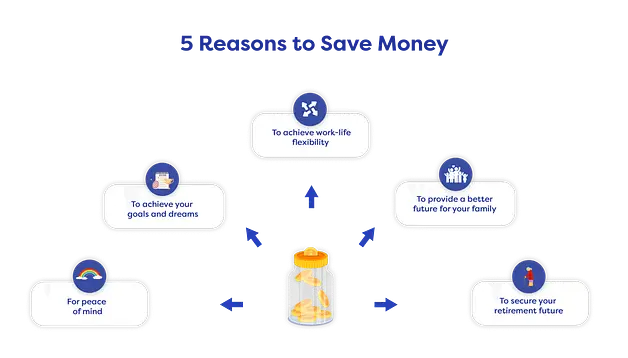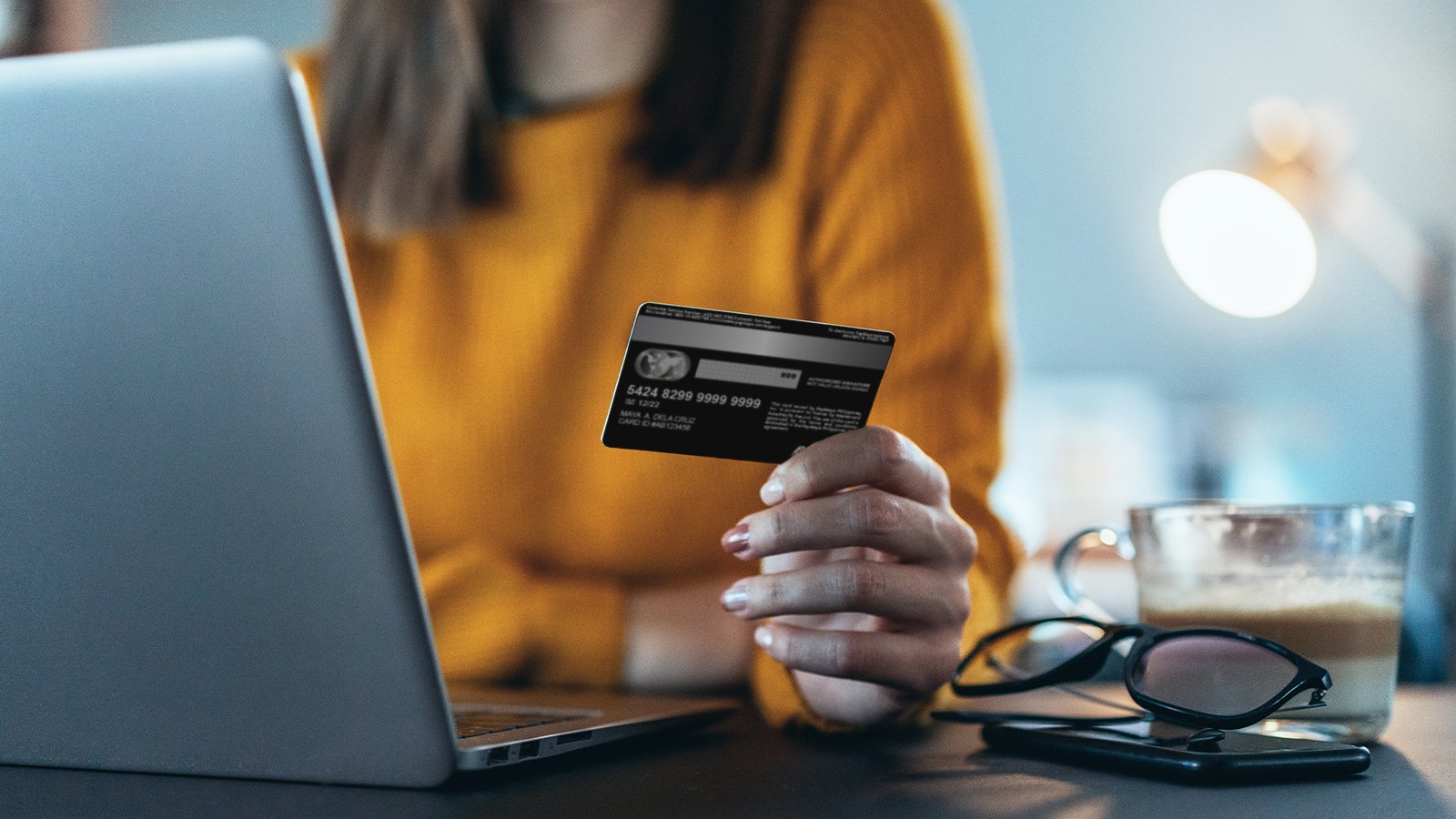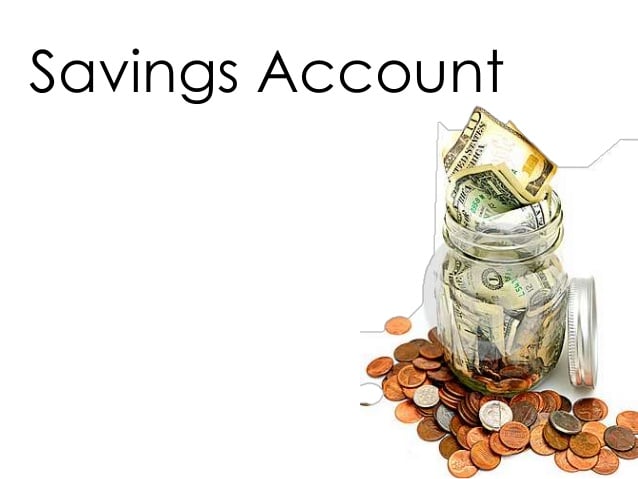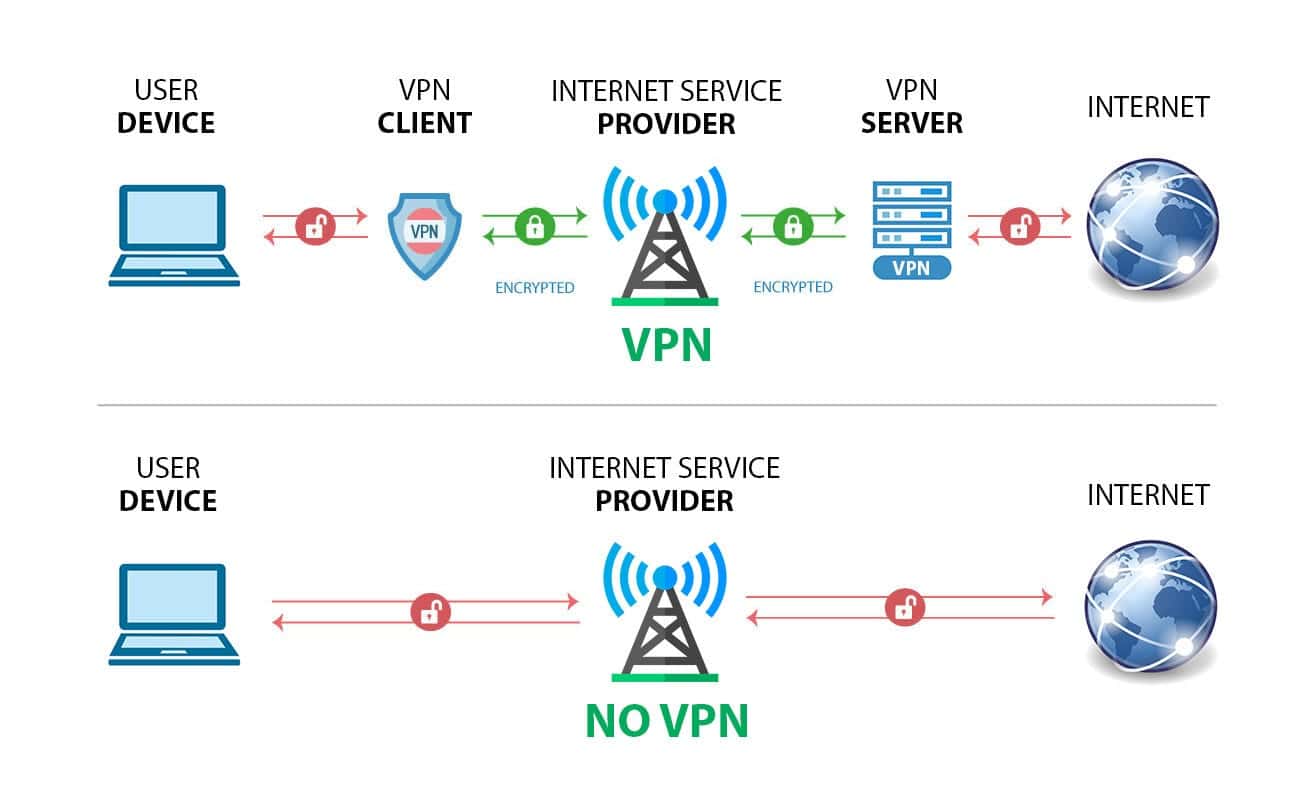6 Best Online Banks With High Yield Savings Accounts
6 Best Online Banks With High Yield Savings Accounts – If you have the best resolution this year. Maybe now is the right moment to review your expenses, and choose which bank provides high interest and lots of promos to save expenses during the past year.
And we have summarized it for you, this post can be your reference for opening a bank account.
1. American Express Bank
When it comes to online banks, American Express Bank has some compelling advantages that might catch your interest:
First off, there’s no minimum deposit required to get started, and you won’t have to worry about maintaining a minimum balance.
Monthly maintenance fees? Forget about them—there are none, which is great for keeping your money intact.
Plus, they offer high interest rates on their savings products, allowing you to maximize your earnings effortlessly.
However, there are a few drawbacks to keep in mind:
One downside is that American Express Bank doesn’t currently offer any checking accounts, so if you need everyday banking services, you’ll have to look elsewhere.
Another thing to note is that they don’t have a mobile app, which can make managing your accounts a bit less convenient compared to other banks.
Additionally, if you want to make a deposit, you’ll need to mail in your checks, which might feel outdated for some.
In summary, if you’re searching for the best bank that emphasizes savings without the hassle of fees or minimums, American Express Bank could be a solid option. Just be sure to weigh your needs for checking and convenience!
2. Barclays
When diving into the world of online banks, Barclays offers some appealing benefits that could make it a strong contender for your banking needs:
One of the standout features is their low minimum requirements and the absence of monthly fees, making it accessible for just about anyone looking to open a savings account or other types of accounts.
They also keep their non-sufficient funds (NSF) fee surprisingly low at just $5, especially when you compare it to the typical $25 to $30 fee charged by many other banks. This can save you quite a bit of money if you occasionally find yourself in that situation.
However, there are a few downsides to consider:
Since Barclays operates entirely online, they don’t have any ATMs or physical branch locations. This means that all your transactions will need to be handled digitally, which may not suit everyone’s preferences.
Additionally, if you’re looking for a checking account, you’ll need to look elsewhere, as they currently do not offer this option.
In summary, if you’re searching for the best bank that prioritizes low fees and easy accessibility, Barclays could be a solid choice. Just keep in mind the online-only nature of their services!
3. Discovery Bank
If you’re considering online banking options, Discover Bank offers a few standout features that are worth checking out:
You can earn up to 1% cash back on your debit card purchases, which is a nice perk that adds value to your everyday spending.
With access to over 60,000 ATMs, withdrawing cash is easy no matter where you are.
There’s no minimum balance requirement, and you won’t be charged any monthly fees, making it a budget-friendly option.
Discover has eliminated most fees on its deposit accounts since June 2019, meaning you no longer have to worry about NSF fees, stop payment fees, or overdraft fees.
Plus, their interest rates are among the highest available, giving your money a chance to grow effectively.
Their mobile app is also highly rated, making it easy to manage your finances on the go.
There are a few things to keep in mind, though:
Discover Bank only has one physical branch, located in Delaware, which may not be ideal if you prefer in-person banking.
Furthermore, the minimum deposit requirements for CDs are higher than you might find at other banks. Overall, if you’re looking for a great bank that combines great perks with solid savings options, Discover Bank could be a fantastic choice for you. Just make sure it fits your banking preferences!
4. Capital One 360
When it comes to choosing an online bank, Capital One 360 has some great perks that might catch your eye:
You won’t encounter any fees or minimum balance requirements for both your checking and savings accounts.
With access to over 39,000 free ATMs nationwide, getting your cash is super convenient.
Their mobile app is user-friendly, allowing you to deposit checks and manage your account anytime, day or night.
Enjoy the simplicity of online bill pay, and easily link your account for seamless card-free payments through Apple Pay, Google Pay, or Samsung Pay.
However, there are a couple of things to keep in mind:
If you’re on the hunt for the absolute best interest rates, especially for high-yield savings, you might find better options elsewhere.
Additionally, local branches are pretty sparse, only found in a select few states, which might be a downside if you prefer face-to-face banking.
Overall, while Capital One 360 offers solid features, it’s wise to weigh your options to find the best bank that meets your specific needs.
5. Ally Bank
When considering your options among online banks, Ally Bank stands out with a range of impressive features that could suit your financial needs:
For starters, they offer an extensive selection of products, including checking accounts, savings accounts, CDs, money market accounts (MMAs), and even IRAs, so you can manage all your banking in one place.
You won’t encounter any account fees or minimum balance requirements for their checking or savings accounts, making it easy to keep your money where it belongs—working for you.
Their interest rates are quite attractive, especially when you make larger deposits into CDs, allowing you to earn even more.
Additionally, you can access over 43,000 in-network ATMs for free, plus they’ll refund up to $10 in ATM fees each month, which is a nice perk for those who frequently withdraw cash.
On the flip side, there are a couple of things to be aware of:
If you’re aiming for the highest interest rates on CDs, you’ll need to make a hefty deposit of $25,000, which might be a stretch for some.
Also, keep in mind that Ally doesn’t have any local branches, which means you can’t deposit cash at their ATMs—a consideration if you often deal with cash transactions.
In summary, if you’re looking for the best bank that offers a wide variety of products and competitive rates without the hassle of fees, Ally Bank could be an excellent choice. Just make sure it aligns with your banking preferences!
6. CIT Bank
When you’re on the hunt for a reliable online bank, CIT Bank has some appealing features that you might find attractive:
First off, they don’t charge any monthly fees, which is a big win for your budget.
Their interest rates are quite good, particularly for high-yield savings accounts and money market accounts (MMAs), allowing your money to grow nicely.
Plus, the minimum deposit requirements are relatively low, making it easier to get started.
However, there are a couple of things to consider:
- While their rates are solid, they’re not the absolute highest on the market, so if you’re after the best possible return, you may want to explore other options.
- It’s also important to note that minimum deposits are necessary for both CDs and savings products, which could be a bit of a hurdle for some.
- Lastly, if you’re looking for a checking account, CIT Bank doesn’t currently offer that option.
In summary, if you’re looking for the best bank that offers good savings potential without the hassle of monthly fees, CIT Bank could be a great fit. Just be sure to evaluate your specific banking needs before making a decision!
Conclusion
For savers who want to maximize their earnings, online banks with high-yield savings accounts are a clear winner over traditional brick-and-mortar institutions. By operating with lower overhead costs, these banks are able to offer significantly higher interest rates, allowing your money to grow faster. While the absence of a physical branch might seem like a drawback, the convenience of robust mobile banking apps, no monthly fees, and excellent customer service more than makes up for it. Ultimately, choosing a high-yield savings account is a simple yet powerful step toward building your wealth and achieving your financial goals.
FAQ: Best Online Banks With High Yield Savings
1. What is a high-yield savings account?
A high-yield savings account is a type of savings account that offers a significantly higher interest rate compared to traditional savings accounts. Online banks typically offer these accounts, allowing customers to earn more on their deposits.
2. Why should I choose an online bank for my savings?
Online banks often have lower overhead costs than traditional banks, allowing them to offer higher interest rates on savings accounts. They also conveniently manage your finances from anywhere, typically with user-friendly apps and websites.
3. What are the key features to look for in a high-yield savings account?
When choosing a high-yield savings account, consider the following features:
- Interest Rate: Look for competitive rates.
- Fees: Ensure there are no monthly maintenance fees.
- Minimum Balance Requirements: Check if there are any minimum balance requirements to earn the high interest.
- Access to Funds: Understand withdrawal limits and access to your money.
- FDIC Insurance: Ensure the bank is FDIC-insured for added security.
4. Are there any drawbacks to high-yield savings accounts?
While high-yield savings accounts offer great interest rates, they may have limitations such as:
- Limited transactions per month.
- Variable interest rates can change over time.
- Potential lack of physical branches for in-person banking.
5. How can I open a high-yield savings account?
To open a high-yield savings account, you usually need to:
- Visit the bank’s website.
- Fill out an online application with your personal information.
- Provide identification and, in some cases, a Social Security number.
- Fund your account with a minimum deposit, if required.
6. Can I access my money easily?
Most online banks allow you to transfer money quickly between accounts or withdraw funds to your linked checking account. However, be aware of any transaction limits that may apply.
7. Is my money safe in an online bank?
Yes, as long as the online bank is FDIC insured, your deposits are protected up to $250,000 per depositor, per account type, in case the bank fails.
8. How often do interest rates change?
Interest rates on high-yield savings accounts can change frequently based on market conditions. Therefore, it’s a good idea to periodically review your account to ensure you’re still getting a competitive rate.
